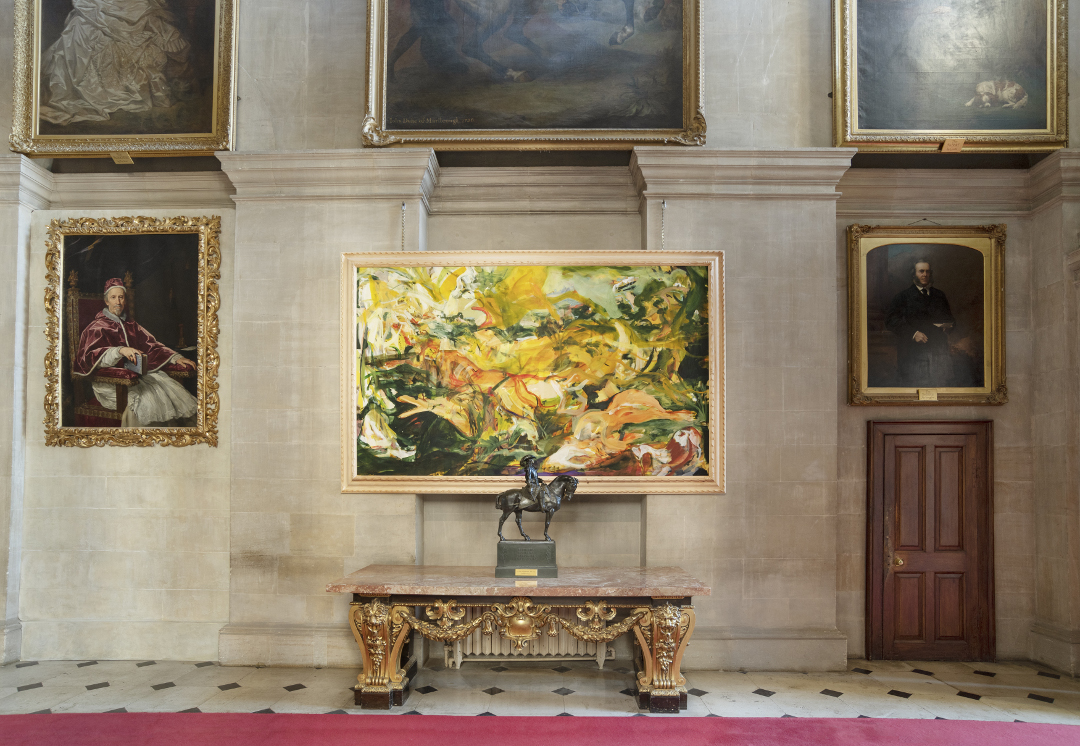
Cecily Brown takes on English country life in her new Blenheim Palace show
The artist retains a love for her homeland, though she admits, Britain is going through a traumatic time with Brexit right now
“Someone once described my work as looking like someone had thrown a hand grenade into a Versace store,” the painter Cecily Brown tells Michael Frahm, director of the Blenheim Art Foundation, in an interview published to promote her new exhibition at the country house. Brown believes the line was intended as an insult, but she loves the description. It’s a fitting way to approach the new show, Cecily Brown at Blenheim Palace, an exhibition of over thirty, never-seen-before, site-specific artworks, which respond to both the stately home itself and its prestigious art collection.
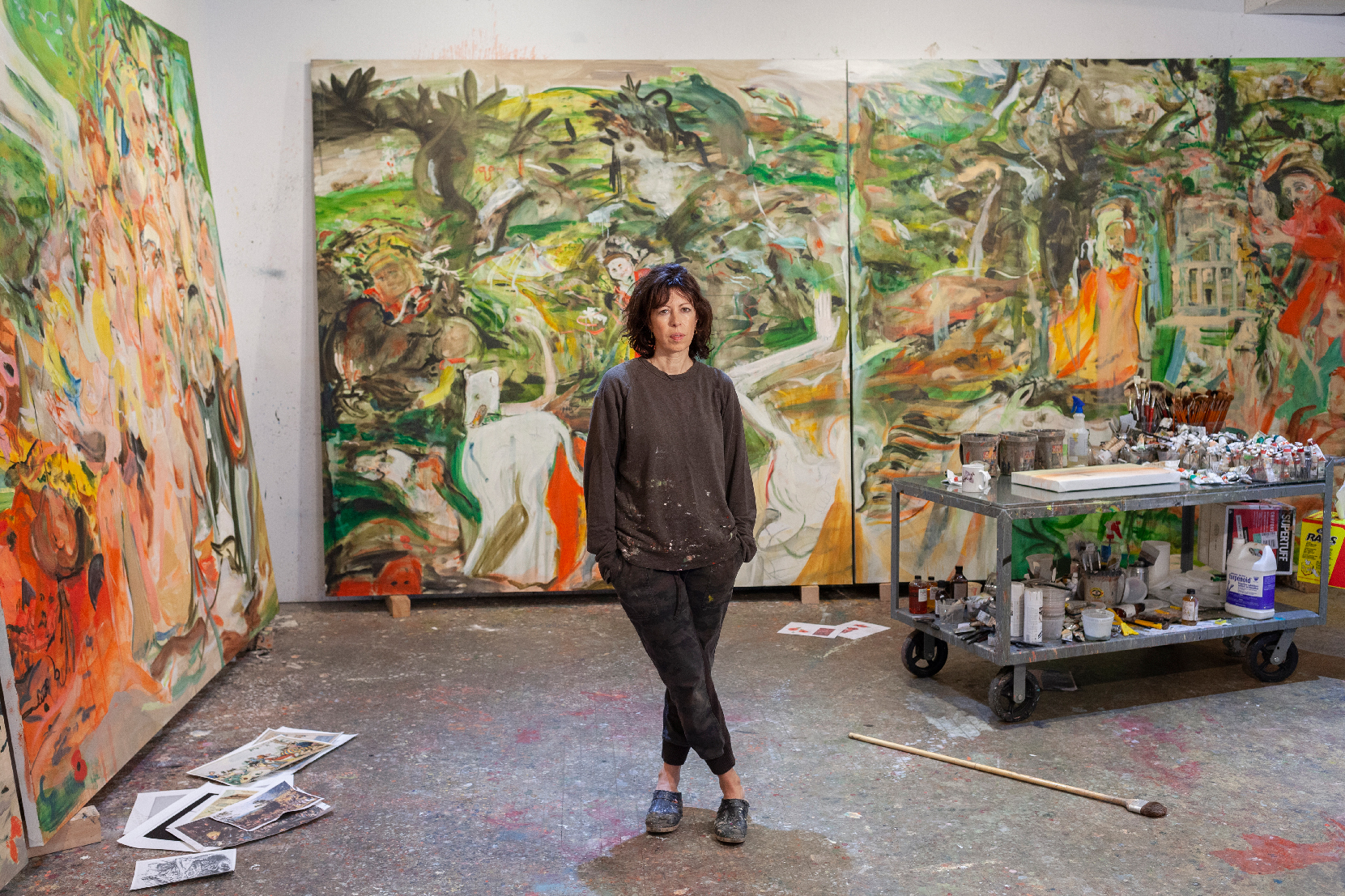
Brown’s near-abstract canvases might seem fragmentary, sexy and contemporary, but - as with Versace’s designs - there are plenty of classical allusions lying within. As our new Contemporary Artist Series book on the artist notes, you can pick out influences from Degas, Manet, Velázquez and Goya, among many others in her energetic paintings. In this series of works - which go on display today, 17 September, having been postponed for some months due to the pandemic - she takes on the subjects of country life, hunting and war (the palace takes its name from one of the battles that won the Dukes of Marlborough this ancestral home). In so doing, she presents works that shred any distinction between her paintings (and those of her contemporaries) and those of the old masters.
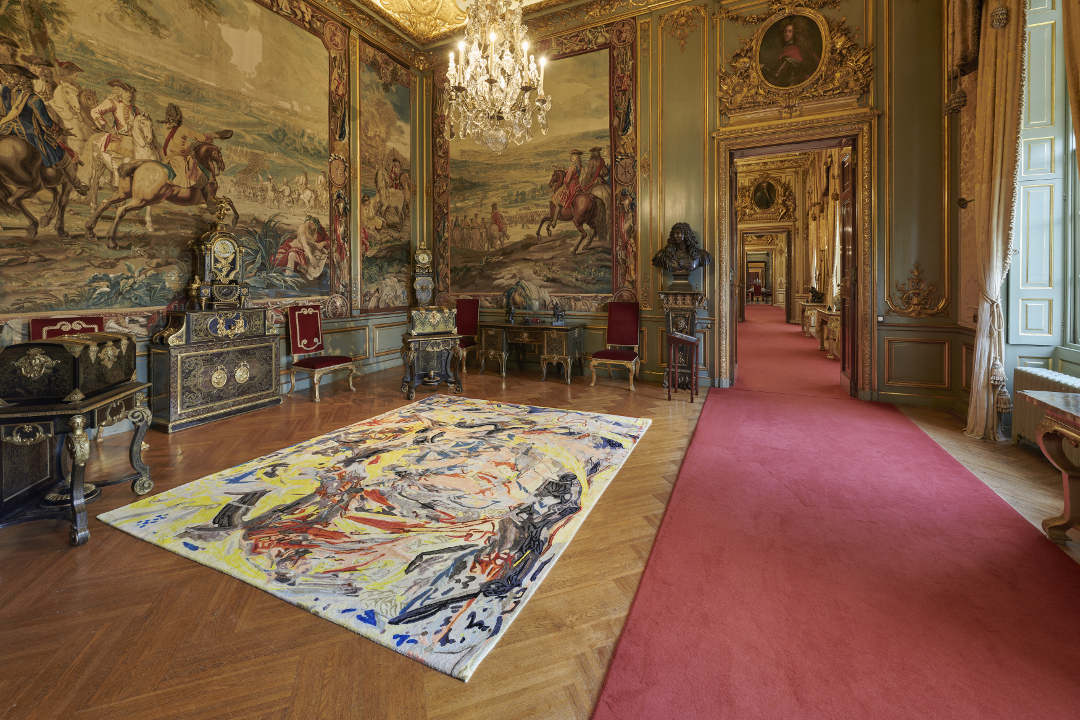
“I wanted to infiltrate the Palace quite subtly, by quietly replacing existing paintings and weaving my works into the collection,” she explains in the accompanying interview. “I’ve chosen traditional subjects like the hunt, the kind of genre painting associated with old country houses, because I want visitors to do a double-take, to think for a second that my work belongs there, but then to see that it’s a slightly distorted vision of the world depicted around them.”
“My idea was that the hunt paintings would be like seeing some kind of abomination at high speed – as if you’re watching something from the window of a train, say,” she goes on to explain. “It’s a beautiful day, a bucolic landscape, then suddenly you glimpse something horrific out of the corner of your eye, though too fleetingly to see properly. The idea fits in well with other things I’ve done – for instance, my first paintings were bunny gang rapes, turbulent scenes full of animals. The hunt paintings for Blenheim have ended up being very close in spirit to those early works.”
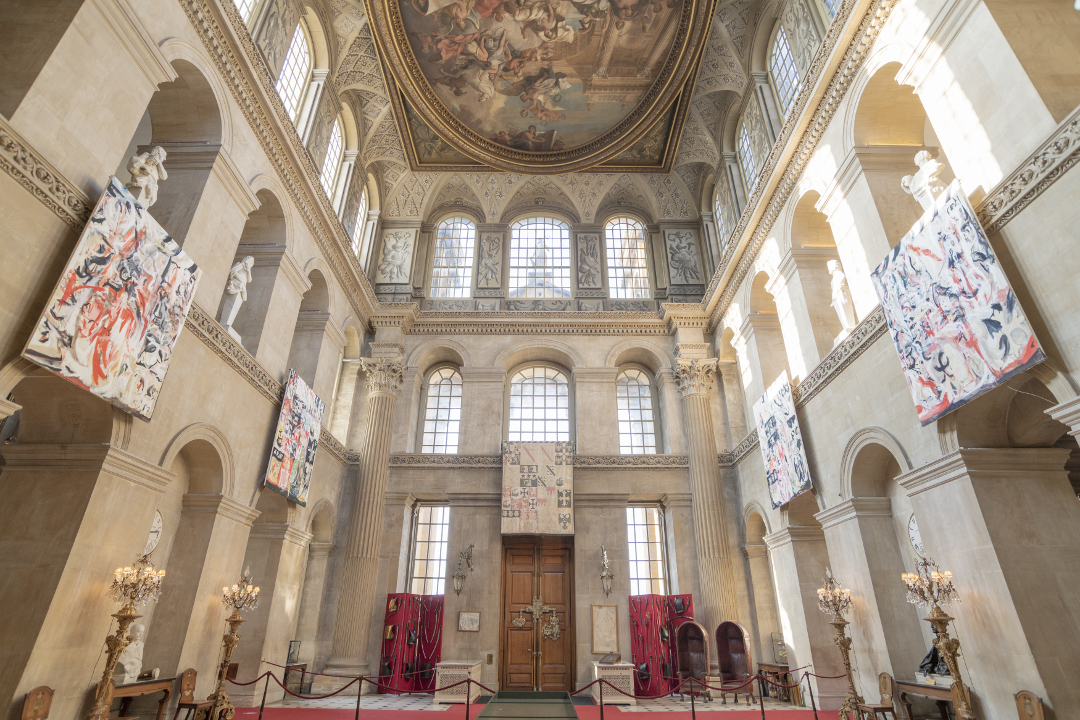
That might sound pretty shocking, though there’s quite a lot of affection in these new works; though she now lives in New York, Brown spent much of her childhood in rural England, and retains a love for bucolic Britain. “I grew up near Box Hill in Surrey, where they film a lot of costume dramas,” she says, “it is picturesque, idyllic English countryside. I grew up in the 1960s and 1970s, so I also started thinking of all that garish patterned wallpaper and was prompted to look up imagery from Yellow Submarine and Monty Python – things that resonated with memories of my British childhood."
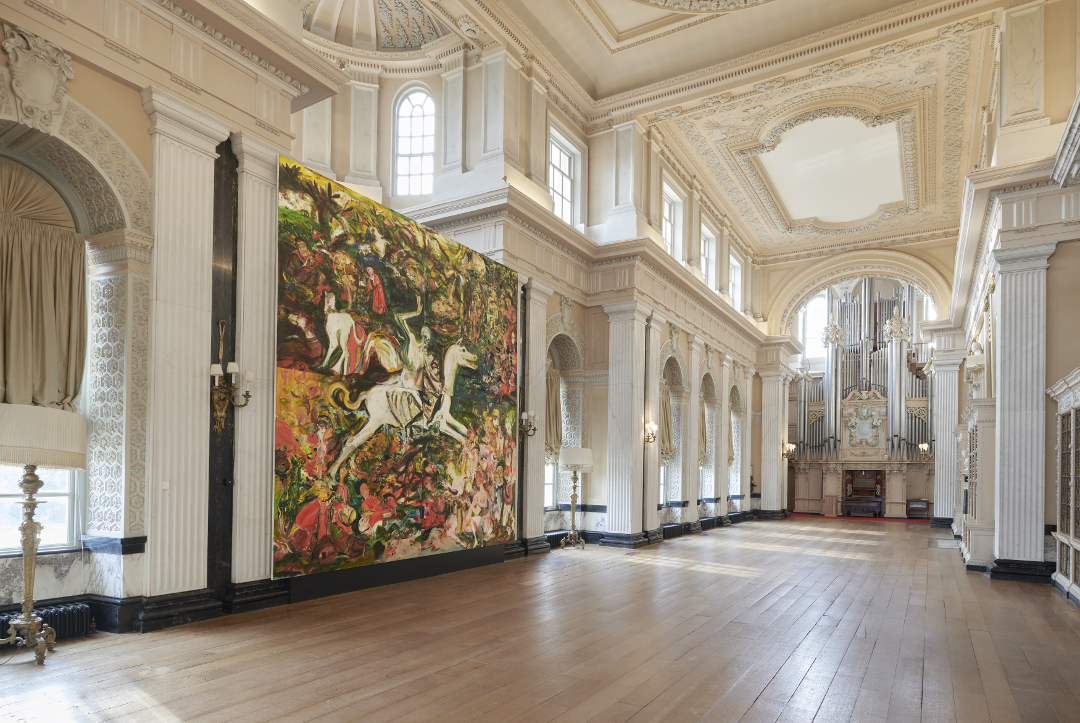
Still, her take on contemporary, post-Brexit English country life, isn’t entirely uncritical. “Right now we are living through a huge and traumatic moment in Britain’s history and its relationship to the rest of the world, and the strangeness of watching that from a distance, from the United States, has made me think again about my relationship to England,” she says. “I’ve been joking that for the first time ever my work is topical, as it has always had an apocalyptical bent. I’ve been obsessed with heaven and hell and the idea that they are in fact the same place. And right now, it seems like that’s here.”
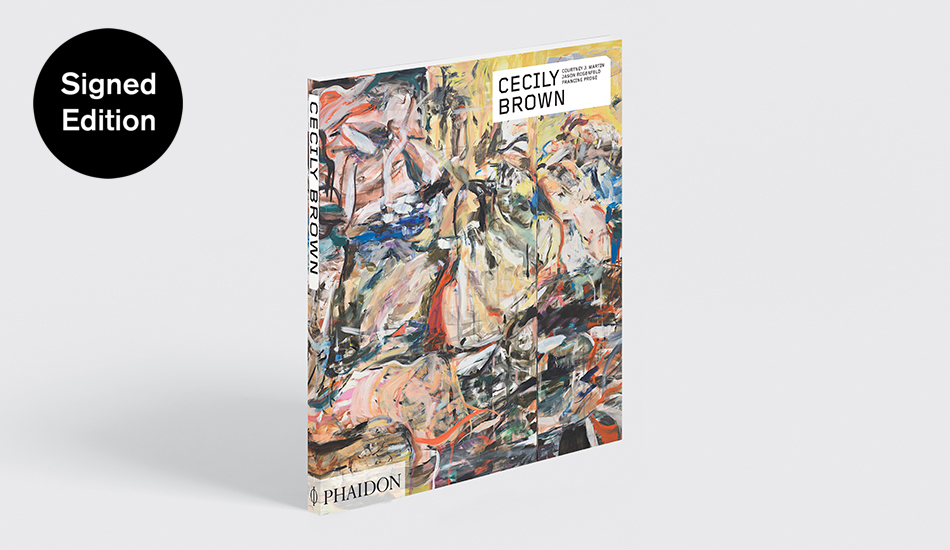
To gain a deeper understanding of Brown's heavenly and hellish ideas, and to see works from this show, as well as those earlier bunny paintings and many more besides, get a copy of our Cecily Brown book here.